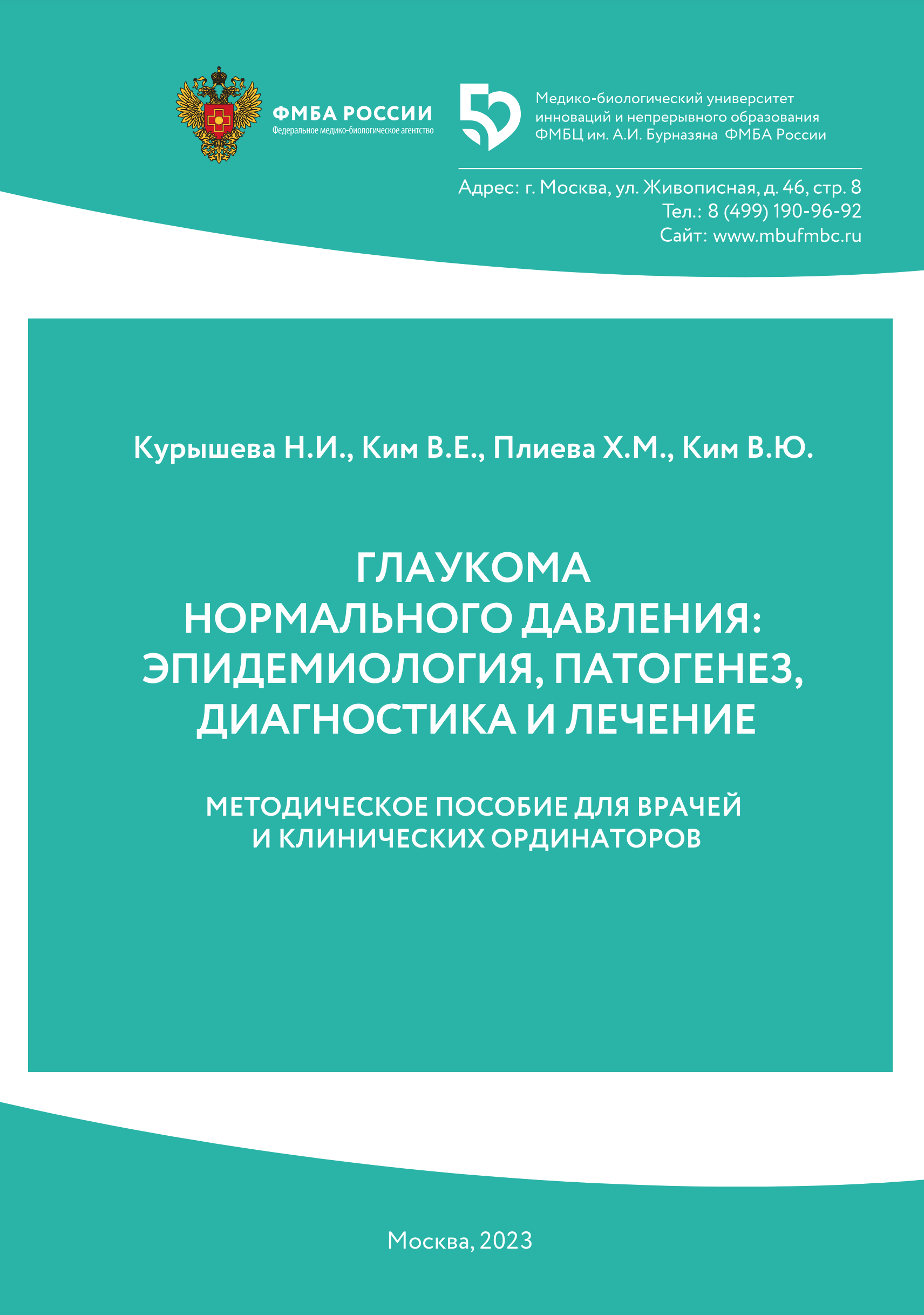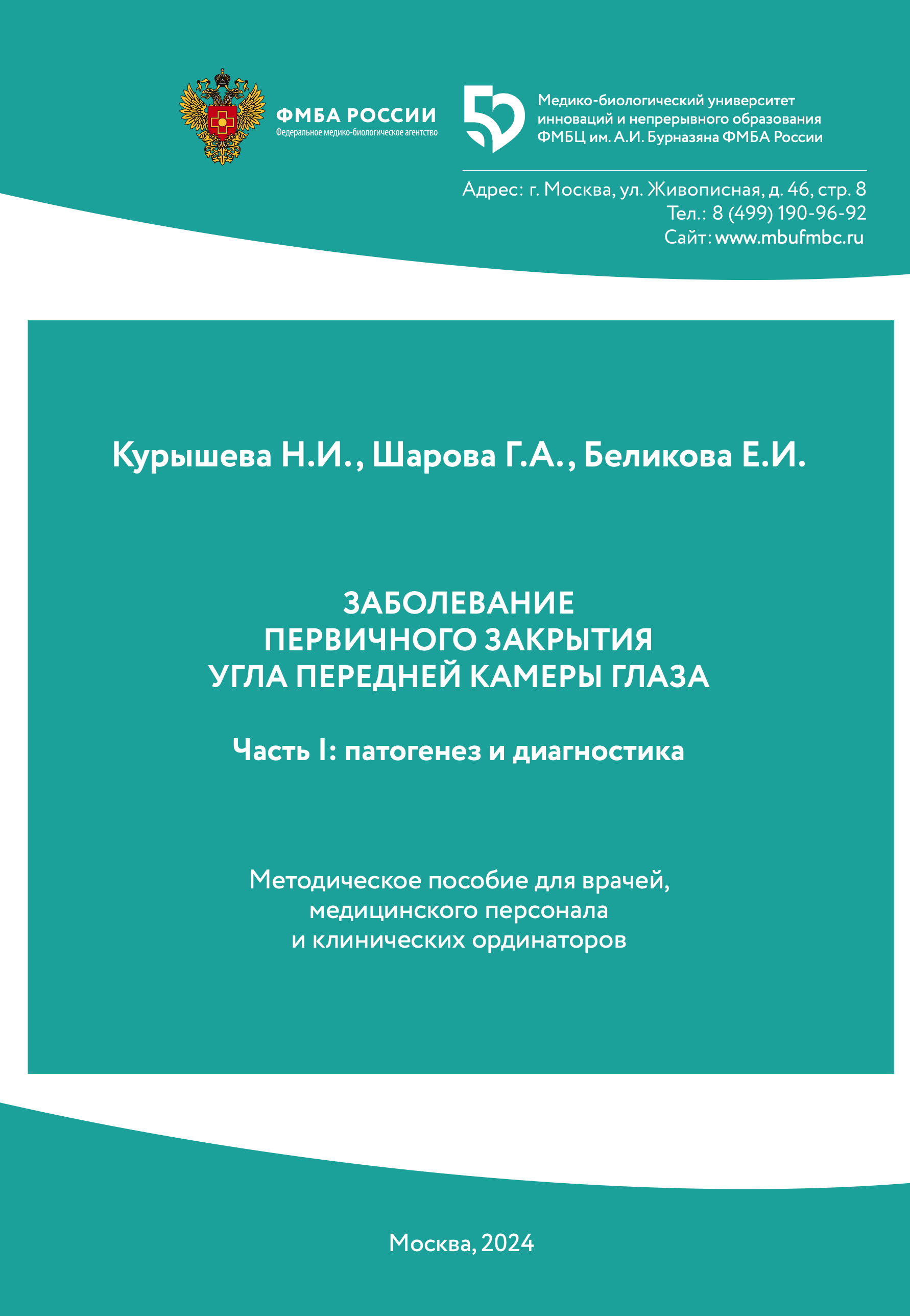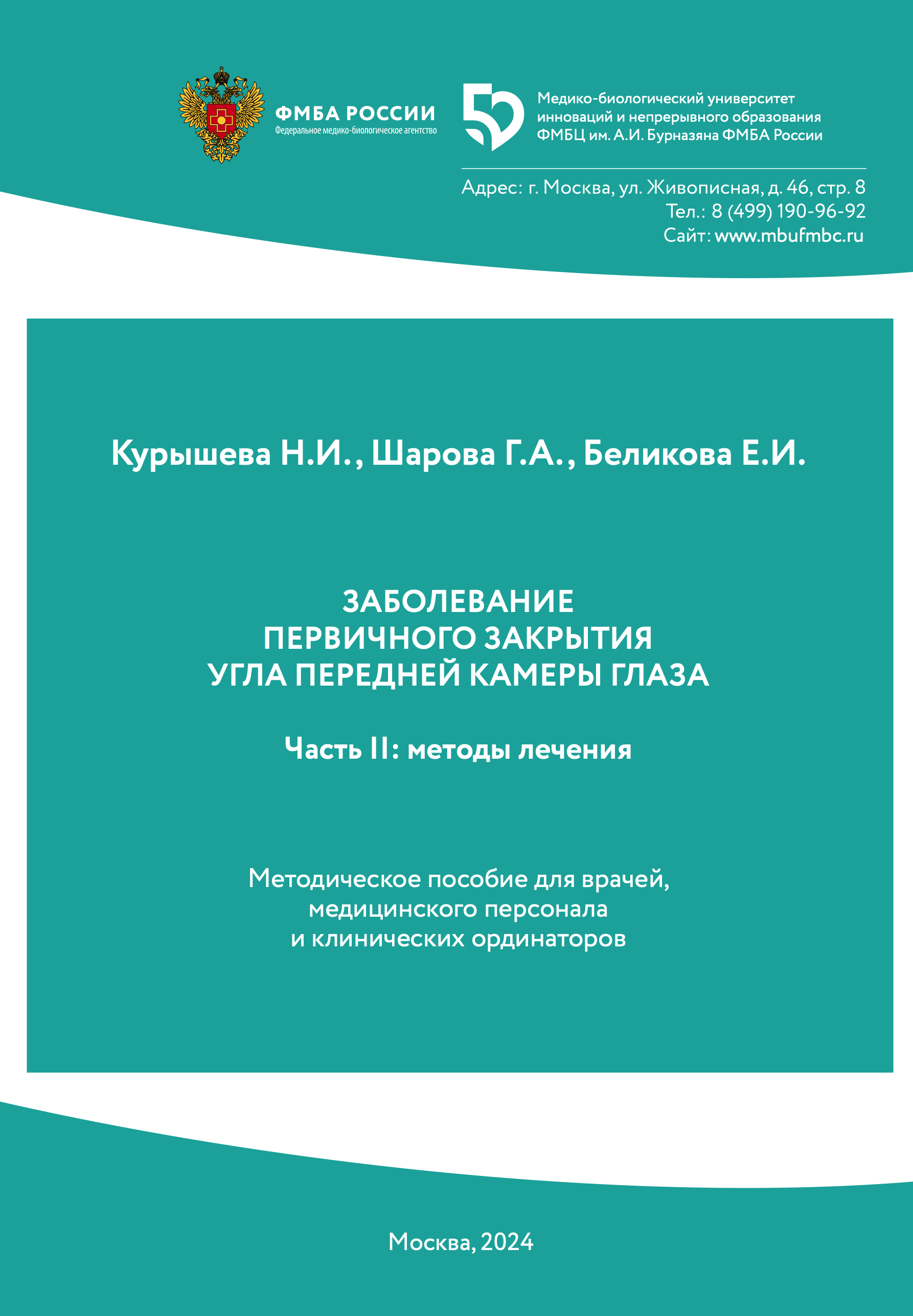

International symposiumControversies in glaucoma

The monograph was prepared by the Head of the Department of Eye Diseases of the Biomedical University of Innovation and Continuous Education, Professor, Doctor of Medical Sciences, Head of the Consultative and Diagnostic Department of the Center of Ophthalmology of the FMBA of Russia N. I. Kurysheva.
Data on various manifestations and complications of COVID-19 from the anterior and posterior parts of the eye, as well as on orbital damage and neuro-ophthalmological diseases associated with this infection are presented. The information published in the literature for the year of the COVID-19 pandemic is systematized. Information is provided on the timing of the appearance of pathology of the visual organ, its clinical manifestations and outcomes. The publication is illustrated with tables and photographs, including from the author's practice.
It is addressed to ophthalmologists, medical staff of ophthalmological departments and clinical residents.
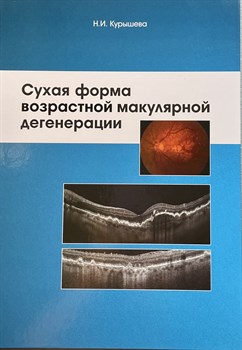
The monograph was prepared by the head of the Department of Eye Diseases of the Medico-Biological University of Innovation and Continuing Education, Professor, Doctor of Medical Sciences, Head of the Consultative and Diagnostic Department of the Center of Ophthalmology of the FMBA of Russia N. I. Kurysheva. The publication provides information on the etiology, pathogenesis and treatment of the dry form of age-related macular degeneration. The section of clinical manifestations of the disease is illustrated by the author's own examples. Possible ways of preventing the transition of dry age-related macular degeneration into geographical atrophy, as well as prospects for the treatment of this serious disease, are considered. It is intended for ophthalmologists, students of continuing medical education cycles, graduate students and clinical residents.

Contains information about the physiological basis of perimetry, features of localization and distribution of visual field defects in glaucoma. The characteristics of the main SAP indicators and the perimeter criteria of glaucoma are given, as well as the main classifications for determining the stages of the disease based on SAP indicators/ Much attention is paid to the issue of determining the rate of progression of glaucoma based on SAP and shows how this is applied in multicenter glaucoma studies. The monograph also contains practical recommendations on the perimetry algorithm and on the interpretation of the obtained data.
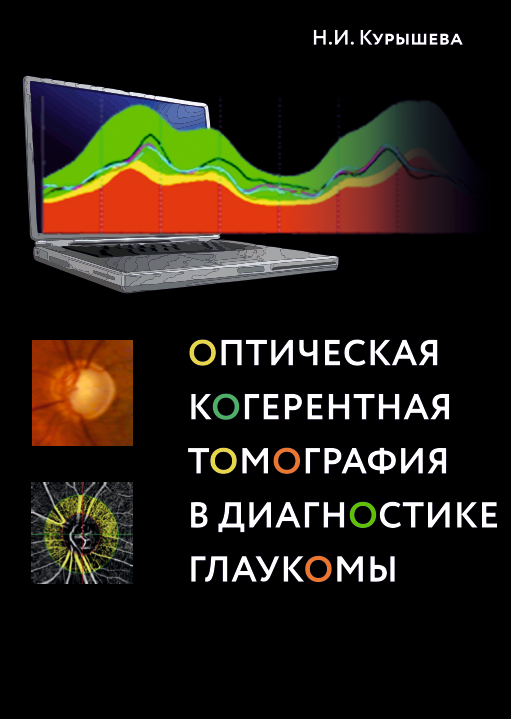
The publication is dedicated to one of the most important methods of diagnosis of glaucoma - optical coherence tomography.
Contains information about the main directions of using spectral optical coherence tomography SD-OCT (spectral domain OST), which has taken a leading place in the diagnosis of glaucoma. The possibilities of SD-OCT examination of the nerve fiber layer of the peripapillary retina, the inner layers of the macular region, including ganglion cells, the optic nerve disc, the lattice membrane of the sclera and choroid are consistently considered both for early diagnosis of glaucoma and for determining its progression. A comparative analysis of the study of these anatomical structures is given. A special section of the monograph is devoted to the description of the latest research methods based on coherent tomography, including OCT angiography (OCTA). The author presents the results of his own research using SD-OCT and OCTA.
The publication is intended for postgraduate education and is designed for students of thematic advanced training courses for doctors, as well as ophthalmologists engaged in scientific research.

It contains information about anatomical features of blood supply to the inner layers of the retina and optic nerve, as well as about the physiology and pathophysiology of ocular blood flow. The author pays special attention to the description of the latest methods of ocular hemodynamics research. A comparative analysis of existing methods, as well as those that are still under development, in particular Doppler antiography, is given. All the main theories of the pathogenesis of primary open-angle glaucoma from the perspective of hemocirculation disorders are considered. The data of our own research on the features of venous blood flow, platelet hemostasis, vascular endothelial dysfunction and autonomous regulation in glaucoma, as well as the role of the choroid in the development of primary open-angle glaucoma and combined pathology are presented. Literature data and own observations on the possible effect of systemic and local hypotensive treatment on ocular hemodynamics and the development of glaucoma are analyzed. The publication is intended for postgraduate education and is designed for students of thematic courses of advanced training of doctors, as well as ophthalmologists engaged in scientific research.


